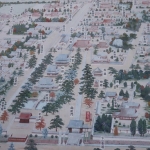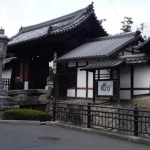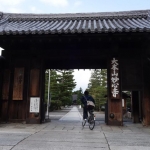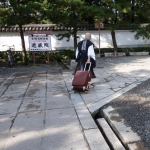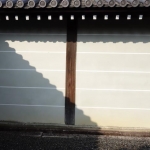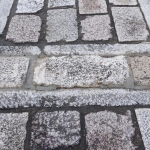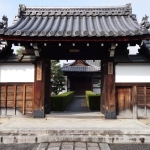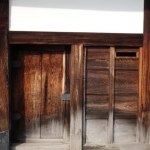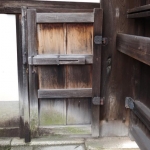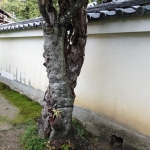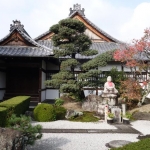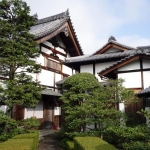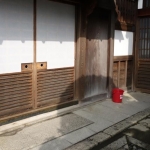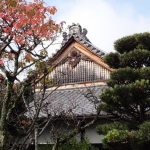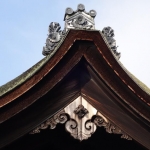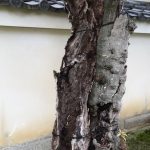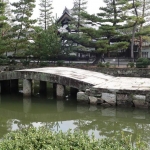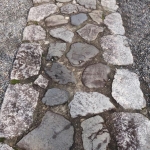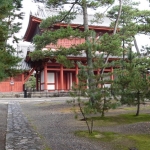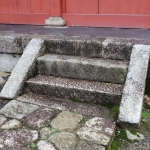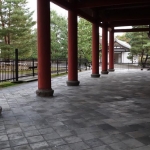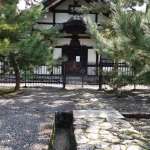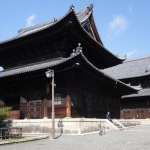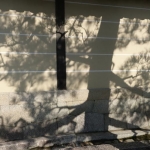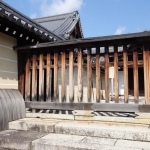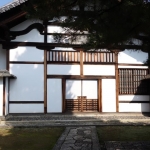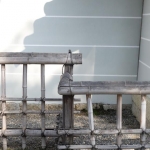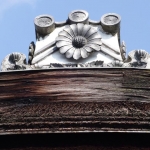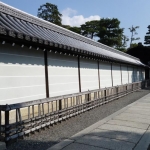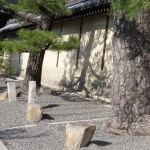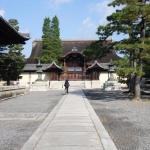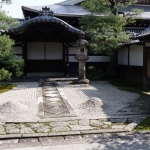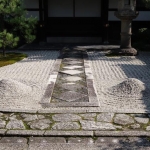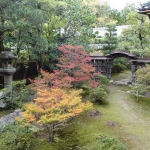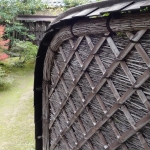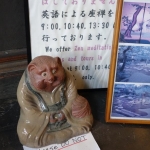Miyoshin-ji
Oh that my monk’s robe were wide enough
to embrace the suffering of the world.
–Ryōkan
Many fine examples of Zen architecture can be found among the main buildings and sub-temples in the precincts of Myoshin-ji, the largest of all of Japan’s Zen temples.
The ninety-fifth emperor of Japan loved this area and built his imperial villa here. Following his abdication in 1318, he took the name Hanazono and dedicated himself to the practice of Zen meditation under Zen master Shūhō Myōchō and Shūhō’s disciple Kanzan Egen. In 1337 the emperor converted his villa into a Zen temple.
This is the origin of Myōshin-ji (Temple of the Enlightened Mind), which over the centuries has grown to become the headquarters of the Myōshin-ji branch of the Rinzai Zen school.
As with all Zen temples, Myōshin-ji has a “mountain name” (sangō), harking back to the time in China when most Zen temples were located in the mountains; Myōshin-ji’s mountain name is Shōbōzan (Mountain of the True Dharma). Zen Master Kanzan Egen served as Myōshin-ji’s founding priest and the cloistered emperor Hanazono as its founding patron.
Myōshin-ji presently has forty-six sub-temples in its main temple complex and more than three thousand four hundred affiliated temples throughout Japan and the rest of the world. Approximately seven thousand monks are associated with the Myōshin-ji branch of Rinzai Zen.
Miyoshin-ji is a good example of the style of architecture of Sung-dynasty China that was introduced at the same time as Zen Buddhism.


